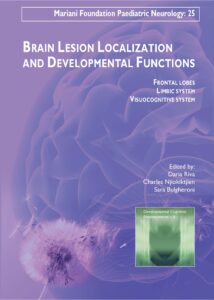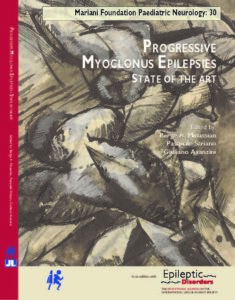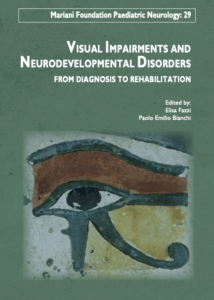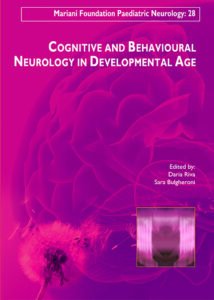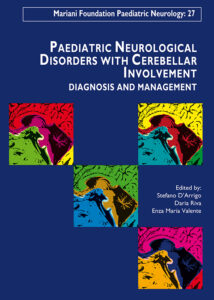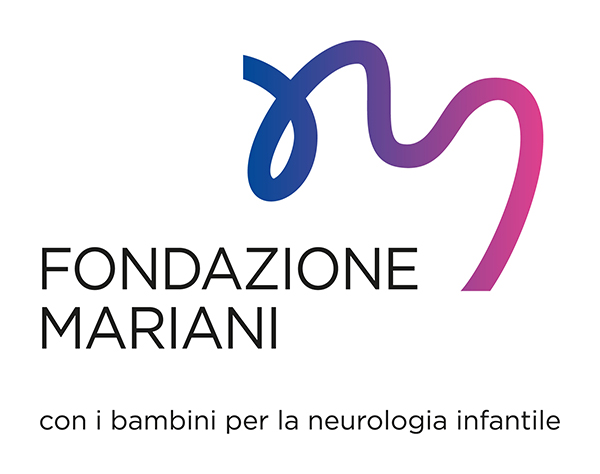Publications / John Libbey Eurotext
Mariani foundation paediatric neurology series – xxv
Frontal lobes – Limbic system – Visuocognitive system
Pubblicazione conseguente al V Corso di formazione in Neuroscienze cognitive dello sviluppo (Torino, novembre 2010)
Editors: D. Riva, C. Njiokiktjien, S. Bulgheroni
London-Paris, John Libbey Eurotext Ltd, 2011, pp. 288
This volume discusses the neural networks that process higher cognitive functions and behaviour patterns during the child’s developmental period. It takes as its point of departure the work presented in the previous volume, which dealt with basal nuclei, connection systems, cerebellum, and mirror neurons, and then focuses on the frontal lobes, the limbic system (hippocampus and amygdala) and visuocognitive systems. In the section on frontal lobes, the role of the mirror neurons’ parieto-frontal system is explained, followed by a discussion of disorders such as epilepsy, frontal lobe trauma, learning difficulties, and a whole range of neuropsychiatric disturbances. The chapters dedicated to the limbic system look at the hippocampus in relation to memory, language difficulties and associated behavioural disorders (including problems of attachment), and at the role of amygdala in autism and relational deprivation. A final section is dedicated to visual and visuocognitive functioning in children with focal brain lesions, prematurity, and neurodevelopmental disorders.
Contents
1) Higher cognitive function processing in developmental age: specialized areas, connections and distributed networks – Daria Riva
2) Frontal lobes: anatomy, connections and functions – Alessandra Erbetta
3) Role of the parieto-frontal mirror system – Leonardo Fogassi
4) Memory and frontal lobe in typical and atypical development – Stefano Vicari, Floriana Costanzo, Pamela Varvara and Deny Menghini
5) Development of executive function – Giovanni Valeri
6) Neuropsychology of epilepsies involving the frontal lobe in children – Chiara Vago, Sara Bulgheroni and Daria Riva
7) Social problem-solving after traumatic brain injury in children – Gerri Hanten, Elisabeth A. Wilde and Harvey S. Levin
8) The role of phonological working memory in specific language impairment – Daniela Brizzolara, Claudia Casalini, Anna Chilosi and Chiara Pecini
9) Neuroanatomic organization and fundamental functions of the hippocampus and amygdala – Pierre Lavenex
10) Early hippocampal disease and memory disorders – Daria Riva, Arianna Usilla, Chiara Vago and Sara Bulgheroni
11) Language disorders in children with morphologic abnormalities of the hippocampus – Josette Mancini, Guillaume Agostini, Nathalie Villeneuve, Mathieu Milh, Florence George, Brigitte Chabrol and Nadine Girard
12) Hippocampus, neurotrophic factors, and depression: possible targets for antidepressant medication – Gabriele Masi, Paola Brovedani and Angela Magazù
13) The role of the hippocampus in neural mechanisms of attachment and attachment disorders: a review – Charles Njiokiktjien and Catharina Anna Verschoor
14) Music, emotions and the limbic system – Maria Cristina Saccuman, Guido Andreolli and Danilo Spada
15) The amygdala and the pathophysiology of autism – Baris Korkmaz
16) Long-term neurobiologic impact of extreme early institutional deprivation in the English and Romanian Adoptees study: initial findings and future plans – Edmund J.S. Sonuga-Barke, Robert Kumsta and Mitul A. Mehta
17) Visual field defects and visual search abilities in children with focal brain lesions – Giovanni Cioni and Francesca Tinelli
18) Neurophysiologic and behavioural aspects of visual assessment: correlation with neuroimaging – Oliver Braddick and Janette Atkinson
19) Linked brain development for vision, visual attention and visual cognition in typical development and in developmental disorders – Janette Atkinson and Oliver Braddick
20) Visuocognitive and visual disorders in children born preterm – Sara Bulgheroni, Chiara Treccani, Daria Riva, Giovanni Cioni and Francesca Tinelli
